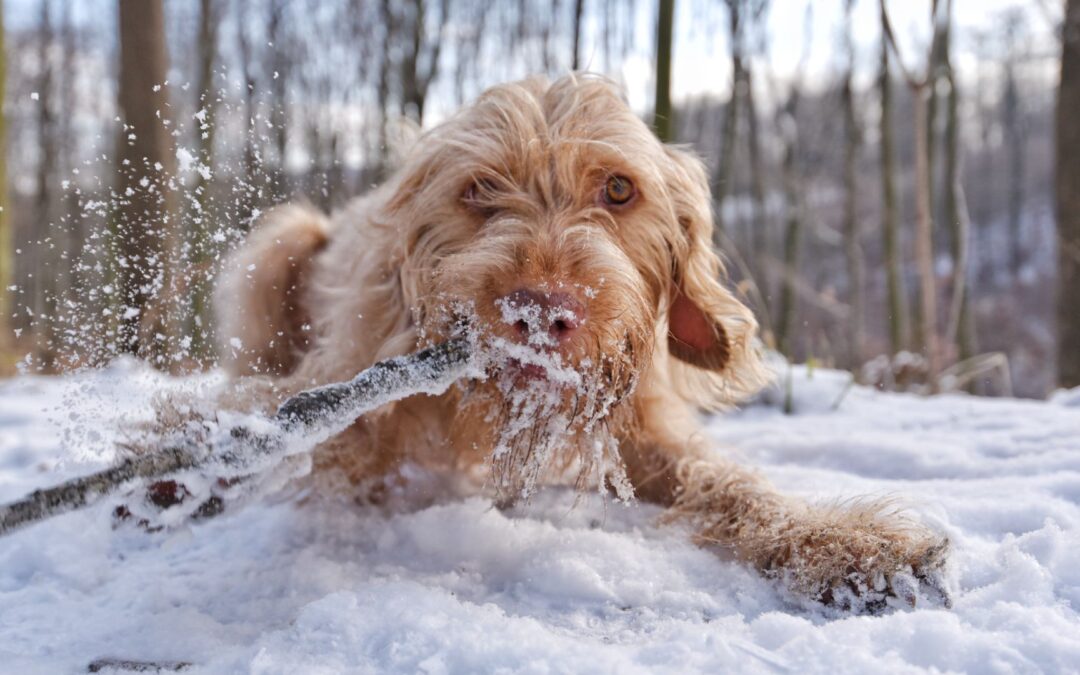Ticks are the most hardy on this list. They are not killed off by the winter temperatures in our area. Most species go into a hibernation-like state in the leaf litter when temperatures drop. The exception to this is the deer tick- famous for carrying Lyme disease. Deer ticks are active all year long. They will actively seek out hosts as long as the air temperature is above 32F. When temperatures rise above freezing all ticks are capable of carrying diseases that can be spread to you and your pet.
Mosquitoes become inactive when the temperature drops in the winter. Some species can survive deep freezes by seeking shelter under houses or in other sheltered areas. There’s even a species of mosquito that hangs around doorways waiting to come inside for their next meal. There they wait in a dormant state for the temperature to rise above 50F. Other species lay their eggs in freezing water to hatch on warmer days. Both of these are sometimes referred to as “snow mosquitoes” as they can at times be seen when there is still snow on the ground. Our winters are generally not consistently cold enough to offer protection from mosquitoes and the diseases they carry- such as heartworms.
All of this highlights how important year-round prevention is. We at Animal Doctors are happy to help you choose the best protection for your pet.

